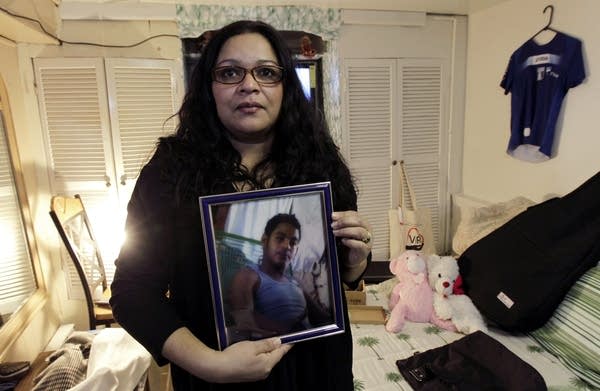How the violence in Honduras extends beyond its borders

“Pay or Die” is the headline on Sonia Nazario’s latest piece for the New York Times.
The title is blunt, but nowhere near the most harrowing part of this piece.
The Pulitzer prize-winning journalist describes the situation facing the citizens of Honduras as "rocket fuel" for migration. Nazario wrote:
What most pushes people to despair about the country’s future — and ultimately drives them to leave — is corruption, the sense that everything is rotten and unlikely to get better. The corruption is what allows all the other bad things to happen. It allows gangs to impose a reign of terror. It allows 9 in 10 murderers to get away with their crimes. It fuels poverty: Politicians steal 30 percent to 40 percent of all government revenues, by some estimates, crippling schools, hospitals and highways.
Nazario joined MPR News with Kerri Miller for a conversation about the intersection of the political landscapes in Honduras and the United States.
To listen to the full conversation you can use the audio player above.
Subscribe to the MPR News with Kerri Miller podcast on: Apple Podcasts, Google Podcasts , Spotify or RSS
Create a More Connected Minnesota
MPR News is your trusted resource for the news you need. With your support, MPR News brings accessible, courageous journalism and authentic conversation to everyone - free of paywalls and barriers. Your gift makes a difference.